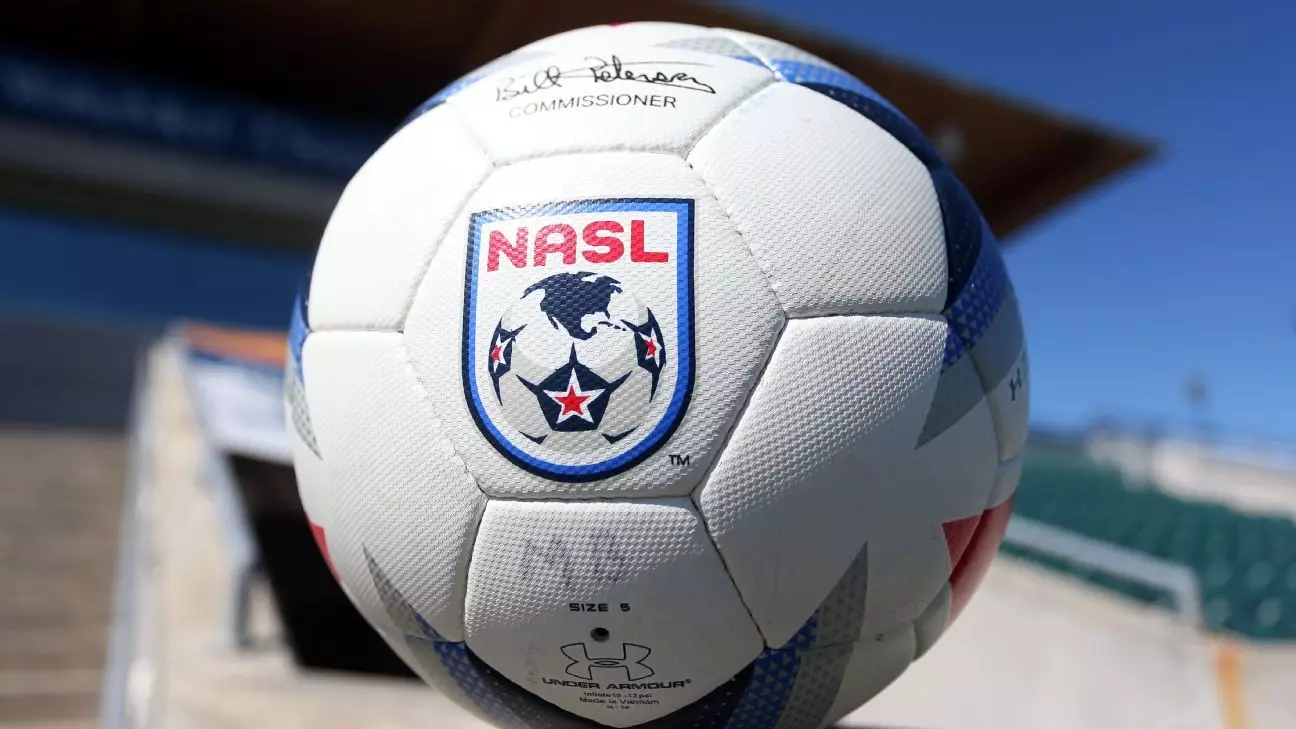In a landmark decision, a federal jury ruled in favor of the U.S. Soccer Federation (USSF) and Major League Soccer (MLS) regarding an antitrust lawsuit initiated by the North American Soccer League (NASL). This verdict marks the end of a seven-year long legal confrontation that began in September 2017 when the USSF rejected the NASL’s attempt to achieve Division 2 status. The NASL, which operated as a second-tier league from 2011 until it was sidelined in 2018, claimed damages originally set at $500 million, which were later reduced to $375 million.
Spanning a three-week trial, the jury was presented with high-profile testimonies, including key figures such as former USSF president Sunil Gulati and MLS commissioner Don Garber. The NASL’s lawsuit was grounded on claims that the USSF had manipulated its professional league standards to hinder competition and promote the interests of MLS. This legal triumph for the USSF and MLS is not just a victory in the courtroom; it has broader implications for the business and competitive nature of American soccer.
The crux of the NASL’s argument rested on allegations that the USSF enforced its Professional League Standards (PLS) in a discriminatory manner, exerting undue influence over league classifications to favor MLS, its commercial ally. The PLS, designed to uphold a competitive environment among leagues, set forth stringent criteria that include team numbers, geographic reach, and financial stability.
The NASL argued that criteria adjustments in PLS were implemented precisely to preclude them from meeting the requirements for Division 1 and subsequently Division 2 status. This contention led to claims of conspiratorial practices to stifle competition in favor of the MLS and its affiliated leagues, specifically targeting the structure of soccer’s governance in the U.S.
However, the jury did not find enough supporting evidence to substantiate NASL’s accusations of conspiracy. Testimonies from both Gulati and Garber suggested a push for good governance rather than an intent to suppress competition. The defense contended that the NASL’s difficulties were largely due to mismanagement and a failure to maintain a viable league, a point that resonated with the jury in their deliberations.
The Verdict and Its Implications
After a long deliberation, the jury ruled overwhelmingly in favor of the USSF and MLS, stating that the claims made by NASL lacked merit. Both organizations welcomed the verdict, viewing it as a validation of their commitment to fostering a competitive landscape for soccer in the U.S. In their statements, they emphasized the importance of a diverse soccer ecosystem that supports various leagues at different levels.
The verdict has ramifications that stretch beyond the immediate parties involved. It reinforces the stability of the existing soccer structure, providing assurance for MLS and USL, while also potentially deterring other leagues from engaging in similar lawsuits. With the NASL’s operational hiatus starting in 2018, this verdict may further diminish the chances of its revival, as it seeks to navigate a competitive environment increasingly dominated by MLS.
While the NASL plans to appeal the verdict, this case offers crucial lessons about the realities of sports governance. The ruling underscores the importance of adhering to established league structures and regulations. For leagues aspiring for recognition, it serves as a stark reminder that not only must they comply with set standards, but they must also effectively manage their organizational affairs to ensure sustainability.
The case also brings to light the intrinsic challenges faced by growing sports leagues in the competitive American market. Soccer, while enjoying increased popularity, still jostles for recognition against entrenched sports such as football, basketball, and baseball. The outcome of this trial marks a vital point in determining how soccer will develop further and how leagues will position themselves in relation to one another.
The Road Ahead for Soccer in America
As the dust settles on this high-profile legal battle, the soccer community in the U.S. looks towards the future with a blend of optimism and caution. Both the USSF and MLS are poised to continue investing in the sport’s growth across all levels. There remains a significant opportunity for grassroots initiatives, youth development, and domestic competitions to flourish.
The overarching narrative emerging from this ruling suggests a commitment to ongoing development in U.S. soccer, anchored by established entities like the USSF and MLS. As new leagues emerge, they will need to demonstrate viability amid the competitive landscape while learning from the trajectory and ultimate fate of the NASL. The future of soccer in America will undoubtedly hinge upon collaboration, strategic planning, and above all, a steadfast commitment to the essence of the game itself.

Leave a Reply